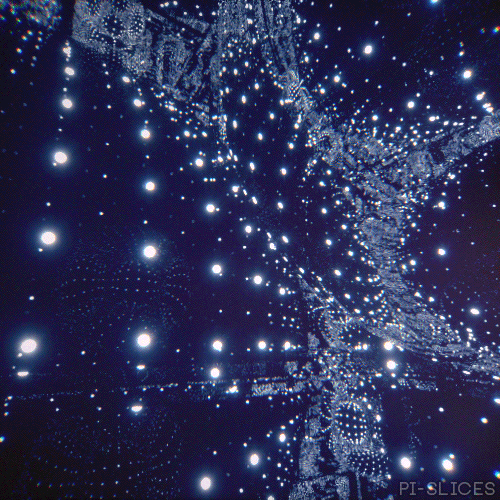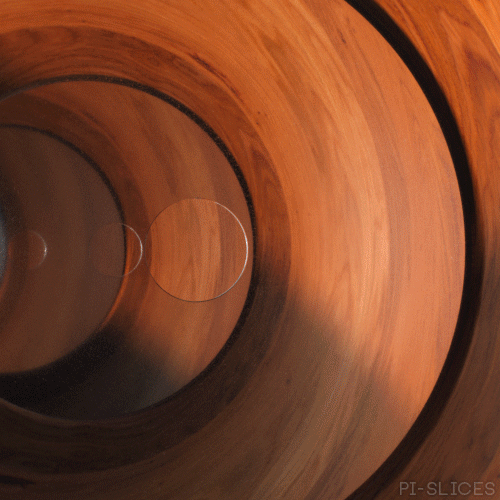The Avalon - Passengers

The Avalon - Passengers
More Posts from Epic-flight and Others

Produced by LEMAT WORKS
✨ Bonbon1 2 3 4 / Twinkle night / Snow / Golden Stars / instagram✨

Space Fragments - 230211

Light Spheres - 210315

An image of Jupiter taken by NASA's Hubble Space Telescope in ultraviolet, visible, and near-infrared light on Aug. 25, 2020, is giving researchers an entirely new view of the giant planet and offers insights into the altitude and distribution of the planet's haze and particles. This complements Hubble’s visible-light pictures that show the ever-changing cloud patterns. In this photo, the parts of Jupiter’s atmosphere that are at higher altitude, especially over the poles, look red from atmospheric particles absorbing ultraviolet light. Conversely, the blue-hued areas represent the ultraviolet light being reflected off the planet. A new storm at upper left, which erupted on Aug. 18, 2020, is grabbing the attention of scientists in this image. The “clumps” trailing the white plume appear to be absorbing ultraviolet light, similar to the center of the Great Red Spot, and Red Spot Jr. directly below it. This provides researchers with more evidence that this storm may last longer on Jupiter than most storms.
Credits: NASA, ESA, STScI, A. Simon (Goddard Space Flight Center), M.H. Wong (University of California, Berkeley), and the OPAL team

Preparing for the approach

Circular Windows - 221006

“Intruder Weather” by Lou Drendel. The first squadron to fly the A-6 Intruder in combat was VA-75, in 1965. This is the A-6A of Lt Don Boecker on a typical all-weather mission.

Inner Depth.
You can get this GIF as a phone wallpaper for free through the Zedge app.
You can also get this GIF as a looping 1080p video if you support me on Patreon.
Twitter / Instagram / Shop / Patreon / Zedge






Virgin Galactic completes first powered flight of VSS Unity (April 5, 2018.) Two and a half years after a fatal accident temporarily halted flight activities, Virgin Galactic completed its first powered flight test of the VSS Unity Thursday, April 5. The company’s last powered flight experienced an anomaly during the beginning of its descent phase, resulting in the disintegration of the vehicle midair and the death of one pilot. Shortly after 9am MDT, The Unity, attached to the VSS Eve carrier mothership, took off from Spaceport America in the Mojave Desert. The two vehicles climbed to 14,200 meters where the Unity was released. The Unity’s powered ascent lasted for 30 seconds, 40 seconds shorter than a nominal flight profile, and achieved a speed of Mach 1.87 or 2,309 kilometers per hour. Unity reached a peak altitude of 25,686 meters, or 25.6 kilometers. By comparison, the Unity’s sister craft, the VSS Enterprise, reached a top speed of Mach 1.4 and a maximum altitude of 21,000 meters during its third powered flight in January 2014. The spacecraft’s descent through the atmosphere and feathering of its wings was performed flawlessly, succeeding where the final, fatal flight of the VSS Enterprise did not in 2014. Unity successfully landed back at Spaceport America’s runway one hour and twelve minutes after takeoff and eleven minutes after separation from Eve.

The Unity coming to a landing at Spaceport America’s runway after its first powered flight test, April 5, 2018. P/c: Virgin Galactic
The company’s last powered flight with the VSS Enterprise experienced an anomaly during the beginning of its descent phase, resulting in the disintegration of the vehicle midair and the death of one pilot.
Almost nearly completed at the time of the incident, the VSS Unity was unveiled to the public in February of 2016. It subsequently underwent a system of ground checks and eleven unpowered flights to validate the modifications made after the 2014 incident. Following Thursday’s flight, Virgin Galactic did not state how long the powered flight test program would last before operational flights with paying customers would begin. CEO Richard Branson tweeted shortly after Unity landed that the company is back on track following the 2014 incident.

P/c: Virgin Galactic.

Orbiting - 210216
-
 goldfox95 liked this · 1 year ago
goldfox95 liked this · 1 year ago -
 sha-bba reblogged this · 2 years ago
sha-bba reblogged this · 2 years ago -
 thejokerjulius liked this · 3 years ago
thejokerjulius liked this · 3 years ago -
 indertiefeeinsamerist liked this · 3 years ago
indertiefeeinsamerist liked this · 3 years ago -
 ycfskyline reblogged this · 4 years ago
ycfskyline reblogged this · 4 years ago -
 vayne-d-angulus-blog liked this · 4 years ago
vayne-d-angulus-blog liked this · 4 years ago -
 glyphhound liked this · 4 years ago
glyphhound liked this · 4 years ago -
 biggfreak37 liked this · 4 years ago
biggfreak37 liked this · 4 years ago -
 all-hail-trudos reblogged this · 4 years ago
all-hail-trudos reblogged this · 4 years ago -
 all-hail-trudos liked this · 4 years ago
all-hail-trudos liked this · 4 years ago -
 rafaelmathe liked this · 4 years ago
rafaelmathe liked this · 4 years ago -
 visionsofshiva reblogged this · 4 years ago
visionsofshiva reblogged this · 4 years ago -
 xbejonson reblogged this · 4 years ago
xbejonson reblogged this · 4 years ago -
 xbejonson liked this · 4 years ago
xbejonson liked this · 4 years ago -
 a-dream-seeking-light reblogged this · 4 years ago
a-dream-seeking-light reblogged this · 4 years ago -
 epic-flight reblogged this · 4 years ago
epic-flight reblogged this · 4 years ago -
 courtjesterfucker liked this · 5 years ago
courtjesterfucker liked this · 5 years ago -
 brookesaunders18 liked this · 5 years ago
brookesaunders18 liked this · 5 years ago -
 themasterpupil reblogged this · 5 years ago
themasterpupil reblogged this · 5 years ago -
 pikkelyke liked this · 5 years ago
pikkelyke liked this · 5 years ago -
 book-and-music-lover liked this · 5 years ago
book-and-music-lover liked this · 5 years ago -
 ophayaus-blog liked this · 5 years ago
ophayaus-blog liked this · 5 years ago -
 ilikelotsofthingsyouprobablydont liked this · 5 years ago
ilikelotsofthingsyouprobablydont liked this · 5 years ago -
 azurecrucis liked this · 5 years ago
azurecrucis liked this · 5 years ago -
 1000tonstrange liked this · 5 years ago
1000tonstrange liked this · 5 years ago -
 hrhduchessofclarence liked this · 5 years ago
hrhduchessofclarence liked this · 5 years ago -
 cake-and-umbrellas liked this · 5 years ago
cake-and-umbrellas liked this · 5 years ago -
 darkriderworld liked this · 5 years ago
darkriderworld liked this · 5 years ago -
 kkitik-di liked this · 5 years ago
kkitik-di liked this · 5 years ago -
 wolfen96 liked this · 6 years ago
wolfen96 liked this · 6 years ago -
 thehazeleyedman liked this · 6 years ago
thehazeleyedman liked this · 6 years ago -
 mudhu liked this · 6 years ago
mudhu liked this · 6 years ago -
 leahholdsworth liked this · 6 years ago
leahholdsworth liked this · 6 years ago -
 yasolikli reblogged this · 6 years ago
yasolikli reblogged this · 6 years ago -
 yasolikli liked this · 6 years ago
yasolikli liked this · 6 years ago -
 beloveliness liked this · 6 years ago
beloveliness liked this · 6 years ago -
 quaetemere reblogged this · 6 years ago
quaetemere reblogged this · 6 years ago -
 quaetemere liked this · 6 years ago
quaetemere liked this · 6 years ago -
 thetreeinennis reblogged this · 6 years ago
thetreeinennis reblogged this · 6 years ago -
 entycing liked this · 6 years ago
entycing liked this · 6 years ago -
 ilovelilies liked this · 6 years ago
ilovelilies liked this · 6 years ago
